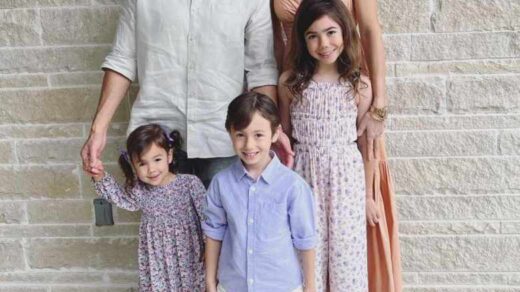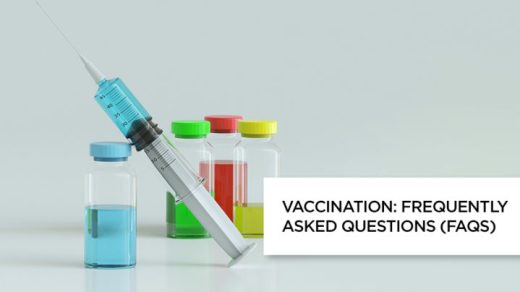According to a study by Weill Cornell Medicine researchers, people with autism spectrum condition can be divided into four different subgroups based on their behavior and brain activity.
The research, which appeared in Nature Neuroscience on March 9, used machine learning to examine recently released neuroimaging data from 299 autistic people and 907 neurotypical people. They discovered patterns of brain connections associated with activities such as language ability, social affect, and repetitive or stereotypical actions in autistic individuals.
They demonstrated that variations in regional gene expression and protein-protein interactions account for the differences in the brain and behavioral characteristics and established that the four autism subgroups could also be recreated in a different dataset.
Similar machine-learning techniques were employed in a prior study by Dr. Liston and colleagues, which was published in Nature Medicine in 2017. The study identified four biologically unique subtypes of depression, and subsequent research has demonstrated that those subtypes react differently to various depression medications.
“If you put people with depression in the right group, you can assign them the best therapy,” said the study’s lead author, Dr. Amanda Buch, a postdoctoral associate of neuroscience in psychiatry at Weill Cornell Medicine.
Building off of this achievement, the researchers sought to ascertain whether there are any other subgroups of people with autism and whether they are caused by distinct gene pathways. She described autism as a highly heritable illness linked to hundreds of genes, with varied presentation and few effective treatments. Dr. X investigated this.



